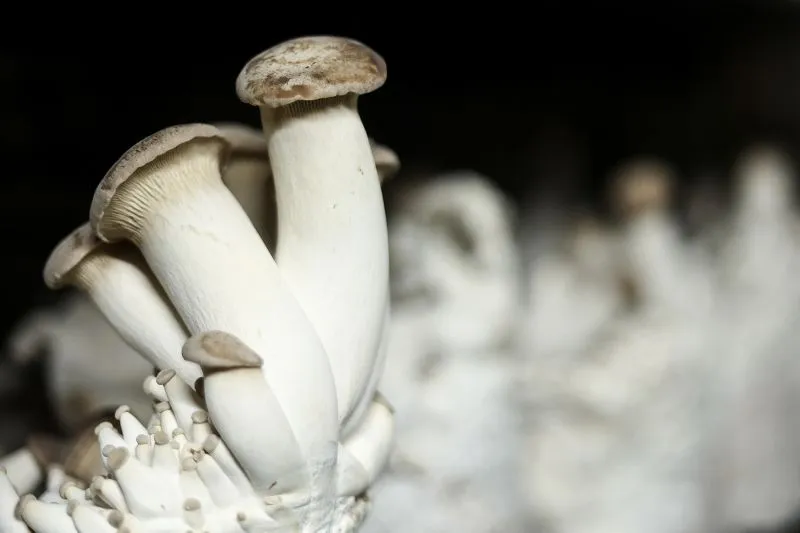Innovative Biohybrid Robotics: A New Frontier in Technology with Fungus and Machines

Innovative Biohybrid Robotics
Biohybrid robotics is transforming the future of technology, as researchers from Cornell University engineer robots that integrate living organisms, specifically king oyster mushrooms, into their design. These robots can sense their surroundings and respond dynamically to stimuli, setting a new precedent in robotics.
The Science Behind the Robots
- Mycelium acts as a biological interface, sending electrical signals that control the robots’ movements.
- These robots can react to environmental cues, such as light, changing their gait according to the intensity of illumination.
Lead researcher Robert Shepherd emphasizes that the potential for such devices could extend to applications in agriculture, monitoring soil conditions and fertility needs.
Applications and Future Prospects
- Agriculture – These robots could revolutionize how we manage crops, dynamically sensing and reacting to soil chemistry.
- Ecological Monitoring – Integrated into ecosystems, these biohybrid systems could help monitor environmental health.
The emergence of biohybrid robotics signifies not just technological progress but also the thoughtful integration of biological systems into engineered devices, positing a future where machines share the intelligence of living organisms.
This article was prepared using information from open sources in accordance with the principles of Ethical Policy. The editorial team is not responsible for absolute accuracy, as it relies on data from the sources referenced.